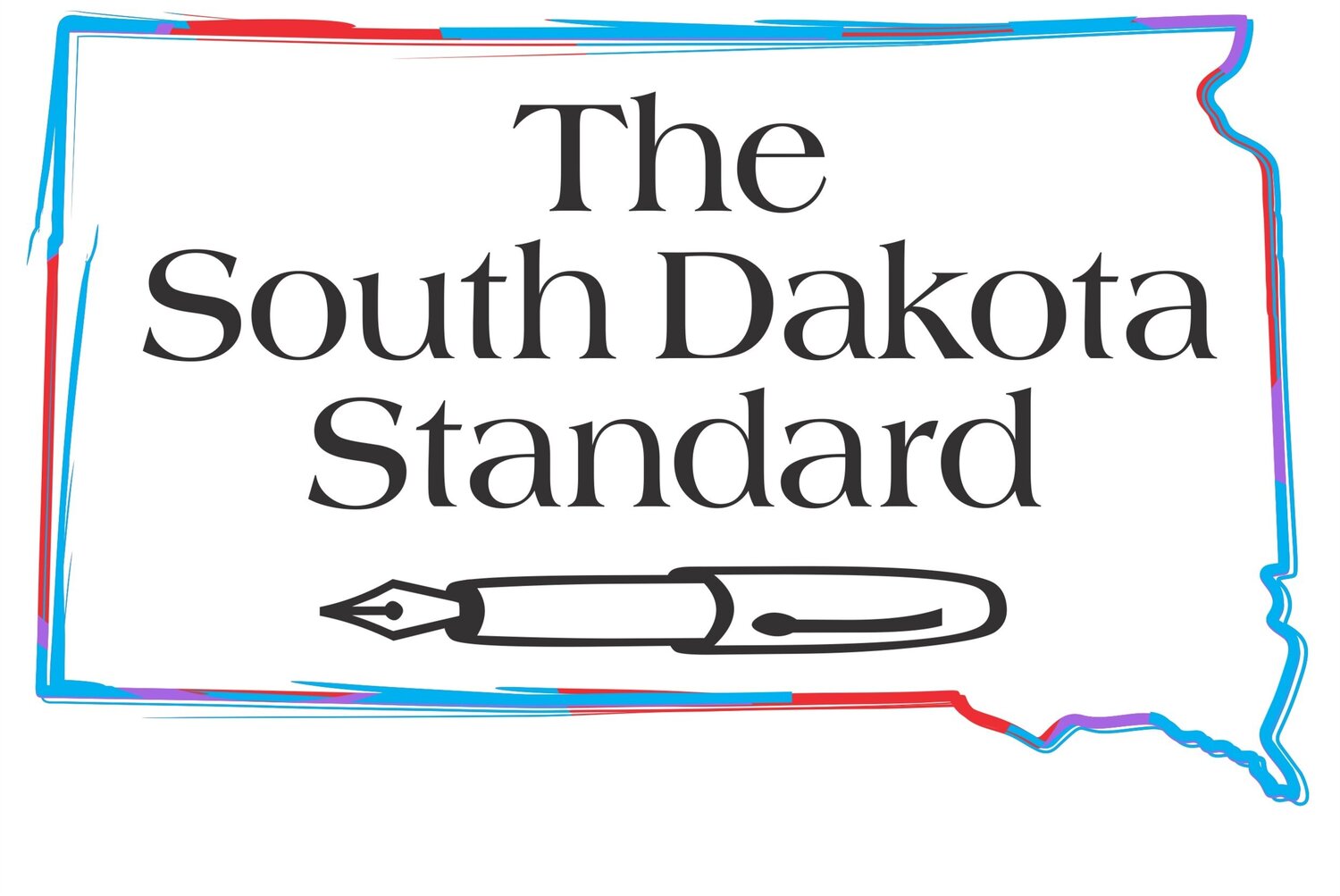Recent water use permit for the Big Sioux is a failed effort. It is based on "uncertainties." This is poor water management
The Big Sioux Water System received a large water use permit in May. The aquifer from which the water is drawn lies in Lake and Moody counties. The permit allows the use of 117.3 million gallons of water annually from a new well to be constructed.
The water system permit decision issued by the state, and the state’s supporting report in favor of the permit application, are a failed effort to balance different statutes which direct the state’s duties in the management of public waters. In administrative law, it is often the case that overlapping statutes and administrative rules are to be considered.
Under this application, state water law was not correctly applied. State Department of Agriculture and Natural Resources staff in its record on the application noted there are “uncertainties” in the hydraulic budget of the waters to be used.
“Uncertainties” should not be the basis for granting access to the waters of the people.
What is lost in the state’s decision in the application is the fundamental legal principle: A particular statute with technical instructions must control — without an attempt to “balance” that statute against other water management law. A related South Dakota water statute provides, “general welfare requires that the water resources of the state be put to beneficial use to the fullest extent of which they are capable ...” is unquestioned that the waters of the state should be properly managed for domestic, agricultural and industrial purposes.
However the statute mentioned here is an example of a general policy statement; this statute is not a directive with technical instructions on the management of water rights. Even if there were a conflict between a general provision of law and a specific provision (here there is not), the specific provision should prevail.
In a confusing manner, the staff report on the application stated the estimated average annual recharge is 7,103 to 8,674 acre-feet per year and estimated average annual withdrawals are 9,917 acre-feet per year. The well-established “no mining of water” statute of South Dakota directs the state overseers of public waters with instructions on water management, not general policies. The “no mining” law is a particular statute with technical directions.
This statute requires that no permit application should be approved when it is probable that “the quantity of water withdrawn annually from a groundwater source will exceed the quantity of the average estimated annual recharge of water to the groundwater source.” The application of this law is not to be modified or changed if the permit application might be for a future water use permit, or for a current use permit.
The test related to water withdrawal versus water recharge applies to both types of permits. This well-established statute was not properly applied. The terms of a law addressing a particular subject should prevail over the terms of other related statutes.
The DANR staff report on the application also opines that due to ongoing development, average annual withdrawals of water systems will likely increase beyond historically reported water use. The staff recommendations stated, “It is recommended based on the current hydrologic budget for this aquifer, consideration be given to amending all water rights/permits and temporary use permits from this aquifer not currently required to report water use annually … requiring annual reporting of withdrawals.”
The recommendation was made to “help reduce the uncertainty [in the hydraulic budget]”. The other water permits discussed in the recommendation are not related to the Big Sioux application and were in place and held by other non-related parties before the application was filed. The final approved terms for the permit did not adopt this recommendation.
Why would the staff recommend that existing terms and conditions of other nearby existing water permits be revised to require an annual reporting of water withdrawals? The recommendation is an acknowledgement of the “uncertainties” in the hydraulic budget which must be considered when analyzing public water use.
In the permit process, the DANR did not request an aquifer performance test. The approved permit record does not include the results of an aquifer performance test. Such a test is an onsite field test used to determine the hydraulic properties of an aquifer.
The DANR staff in its report which ultimately recommended approval of the permit application stated, “The exact amount of drawdown a pumping well will cause in an aquifer cannot be known without an aquifer performance test.”
An aquifer performance test would provide relevant and material information from the state that can determine whether an application should be approved. The state has, in a different permit application process, previously recommended that an applicant conduct a suitable aquifer performance test.
Nothing shames man’s intelligence more than when human design is employed to mismanage a natural resource. Good water management is one reason behind the concept of treating water as a public asset to be managed by the people of the state.
David Ganje is an attorney who practices natural resources, environmental and commercial law. The website is lexenergy.net.
Photo: falls of the Big Sioux River, public domain, wikimedia commons
The South Dakota Standard is offered freely and is supported by our readers. We have no political or commercial sponsorship. If you'd like to help us continue our mission to advance independent political and social commentary, you can do so by clicking on the "Donate" button that's on the sidebar to your right.







